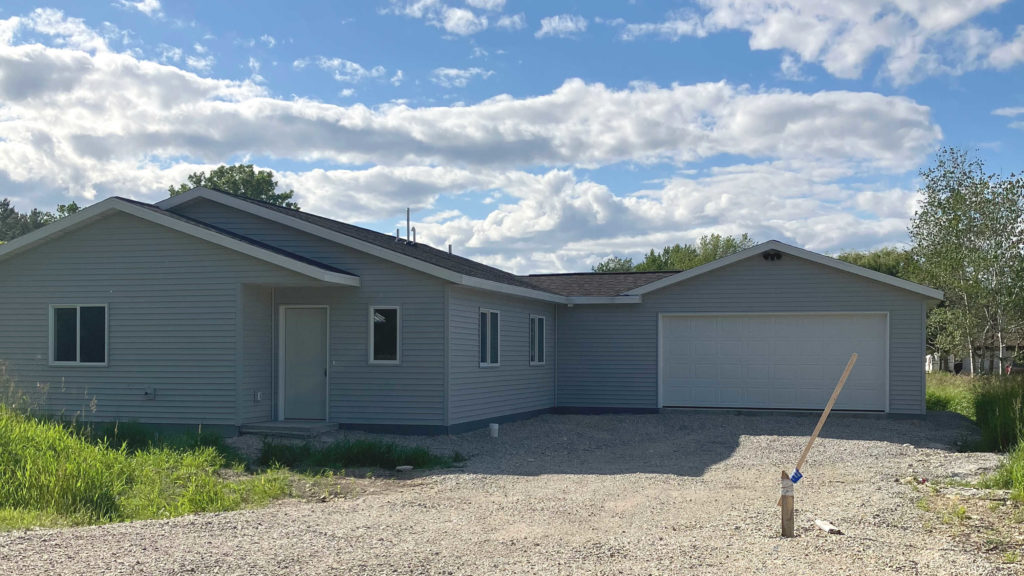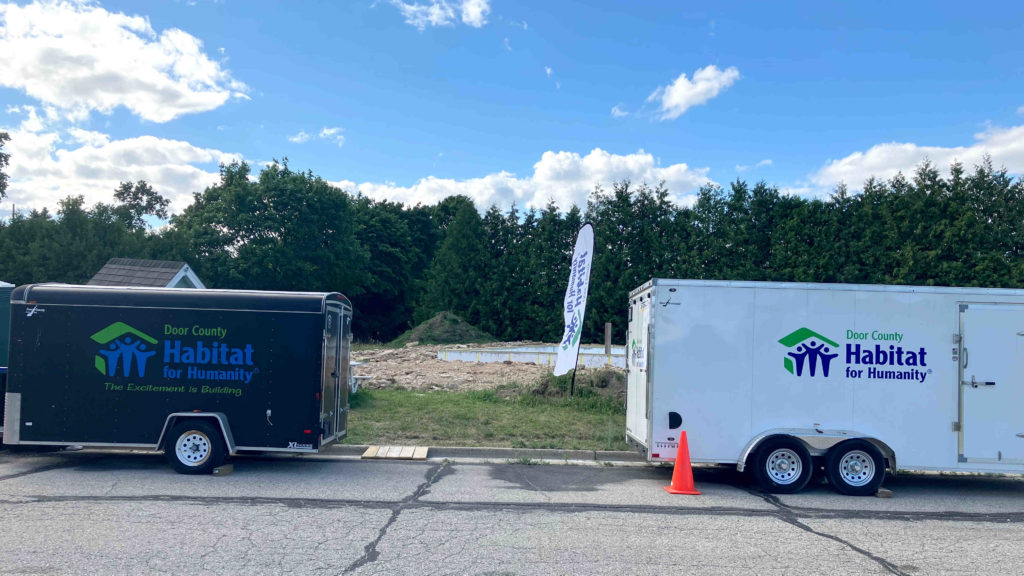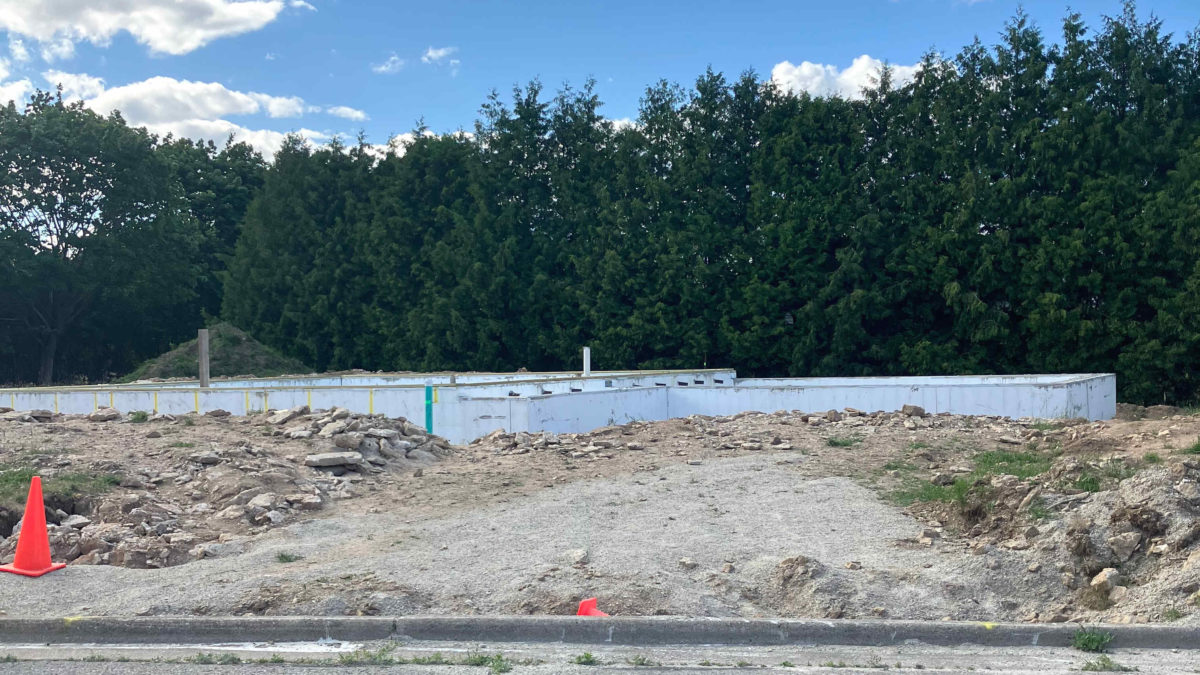Amid Door County’s ongoing affordable housing shortage, the Door County Housing Partnership is working to make home ownership more attainable for local working families.
A 2019 study commissioned by the Door County Economic Development Corporation projected a need of 1,070 total affordable housing units in the county from 2018 to 2023. That included 70 workforce owner-occupied homes, and all but 10 of those homes needed to be priced between $60,000 and $124,900, according to the study.
The gap between that price range and the prices of homes on the market is part of the problem the Housing Partnership is trying to solve, said Jim Honig, the organization’s president.
“There is a significant gap between what it costs to bring a home to the market and what a working family can afford,” Honig said in an email. “Part of our mission is to provide the community subsidy that bridges that gap.”
This subsidy serves as a fund to help cover the difference between what a working family can afford and what a suitable home costs. The housing partnership depends primarily on individual philanthropy to fund the community subsidy.

Honig said one factor that puts pressure on the local housing market is second home buyers and property investors.
“In a beautiful place like Door County, of course people want to buy vacation homes,” Honig said. “It’s also true that those are often the very homes that would be available to the year-round residents, the working folks that our economy and way of life also depend on.”
The solution to this, Honig said, lies in providing home ownership opportunities which are exclusive to local working families.
While a lack of affordable housing is a problem nationwide, there are particular factors that make Door County’s situation different, said Mariah Goode, the Door County government’s Land Use Services director and a member of the Housing Partnership’s board of directors.
“Our geography really does make it a bigger problem here,” Goode said. “Being a peninsula, and a lengthy one at that, restricts commuting and therefore employment options. It has also made construction more expensive.”
“The dominance of the tourism industry also exacerbated the problem,” Goode said. “Local incomes compared to tourist incomes make Door County seem more affordable than it really is for locals.”

The Housing Partnership already has set into motion a number of projects to create affordable homes. In 2021, its first year building homes, the Housing Partnership built two homes in Sturgeon Bay in partnership with Door County Habitat for Humanity.
Goode said these two homes were beneficial for both the Housing Partnership and Habitat for Humanity because the Housing Partnership covered the gap in cost and the homes will remain affordable in perpetuity.
Perpetual affordability is a key aspect of making affordable home ownership a long-term solution for locals, Honig said.
“When we go to the community and raise $100,000 to help a family get into a home, the investment is not just for that first family, it’s for every family that will purchase that home,” Honig said. “The first family agrees to a fixed equity formula, so when they sell the home they do not sell at market rate but at an equity formula they agree to at purchase.”
“That’s part of the trade-off to be able to buy the home at less than market cost,” Honig added.“In that sense, that home becomes a community investment in making sure that working families will have an opportunity to buy a home and put down roots in the community.”
“It does feel like we’re making some progress that we haven’t been able to make in the last 20 years. It feels like we’re finally getting to a tipping point.”
Mariah Goode, Door County Land Use Services Director and Door County Housing Partnership Board Member
Supporting local families is a key value of the Housing Partnership, as the organization views these local families as the true foundation of Door County.
“Our working families are the bedrock on which our economy is dependent,” Honig said. “We thrive on a tourist economy; we thrive on being a destination for retirees. All of that is good. But if we don’t build an infrastructure that supports the workers, it all collapses. We don’t have a thriving community without the workers that make it all possible.”
Though the local housing market continues to become more expensive, organizations such as the Housing Partnership provide some level of optimism to the community, Goode said.
“It does feel like we’re making some progress that we haven’t been able to make in the last 20 years,” Goode said. “It feels like we’re finally getting to a tipping point.”
Correction: A previous version of a photo caption accompanying this story stated that the house in the photo was built in partnership with Door County Habitat for Humanity. It in fact has been built with the support of a private investor.

